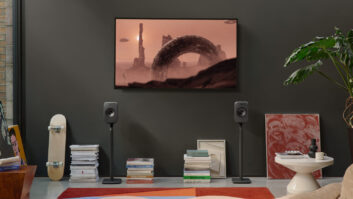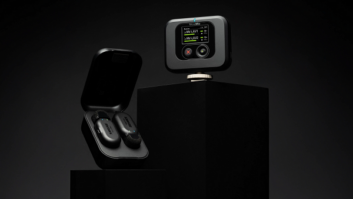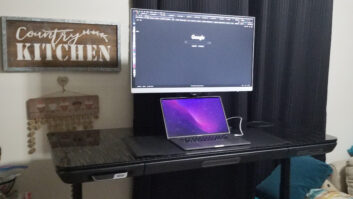El Segundo, Calif. – Global
shipments of electronics products with wireless charging capability will soar
in the coming years, according to a new iSuppli report.
The research company forecasts
the market to explode by a factor of 65 in four years, from 3.6 million units
in 2010 to 234.9 million units in 2014.
The figure represents worldwide
shipments of product-specific wireless charging solutions — systems that
consist of a charger as well as a “skin” or receiver sold for specific devices.
These product-specific devices contrast with aftermarket solutions, which
comprise universal chargers and various skins that can be utilized with
multiple CE devices.
Growth is also projected for
aftermarket wireless charging, with revenue rising at a massive five-year
compound annual growth rate of 133.4 percent.
The company believes it will take
several years for manufacturers to fully implement wireless charging in their
devices. In particular, manufacturers will need to consider how to integrate
wireless charging into the design of printed circuit boards, and significant
adoption of wireless charging technology will be needed to drive down costs.
One way to spur adoption by the
market is for the wireless charging industry to adopt a common standard that
would ensure interoperability among the solutions being developed. At present,
all commercial solutions are based on proprietary technology, and the skin made
by one company, for example, will not work with the charger pad of another.
“Until the industry finds a
standard to follow, the wireless charging industry will be fragmented, and
consumers will hesitate to adopt any solution that could be compromised by the
rival companies,” Tina Teng, senior analyst for wireless research at iSuppli,
said. “However, an open, standardized system will create a healthier
competitive environment and prompt manufacturers to join forces — which will
enhance consumer awareness and lead to adoption in the markets.”
Of the four current wireless
charging technologies in place today, magnetic inductive coupling is the most
widely adopted, according to iSuppli. The technology enjoys wide support from
semiconductor vendors, device manufacturers, accessories makers as well as
retailers. The most successful proponent of magnetic induction is Powermat, a
Michigan-based company founded in 2009 that owned 62 percent share of the
wireless charging market in 2009 — the largest slice in the industry.
Other wireless charging
technologies include conductive, developed by the company WildCharge and
currently licensed to Procter and Gamble’s Duracell; near-field magnetic
resistance, championed by wireless telecom giant Qualcomm as well as Intel; and
far-field magnetic resonance, a technology that has raised safety as well as
health concerns and for which no commercial products are available for the time
being.
While most companies are thought
not to be ready with any commercial products until sometime this year, several
high-profile manufacturers are examining the feasibility of producing wireless
charging solutions. The companies include Texas Instruments and ST-Ericsson on
the semiconductor side; Nokia and Research In Motion from the device
manufacturer side; and Logitech International and Case-Mate from the
accessories manufacturer side.
Teng’s report, Wireless Charging
Eliminates Tangled Cords, is available
.













